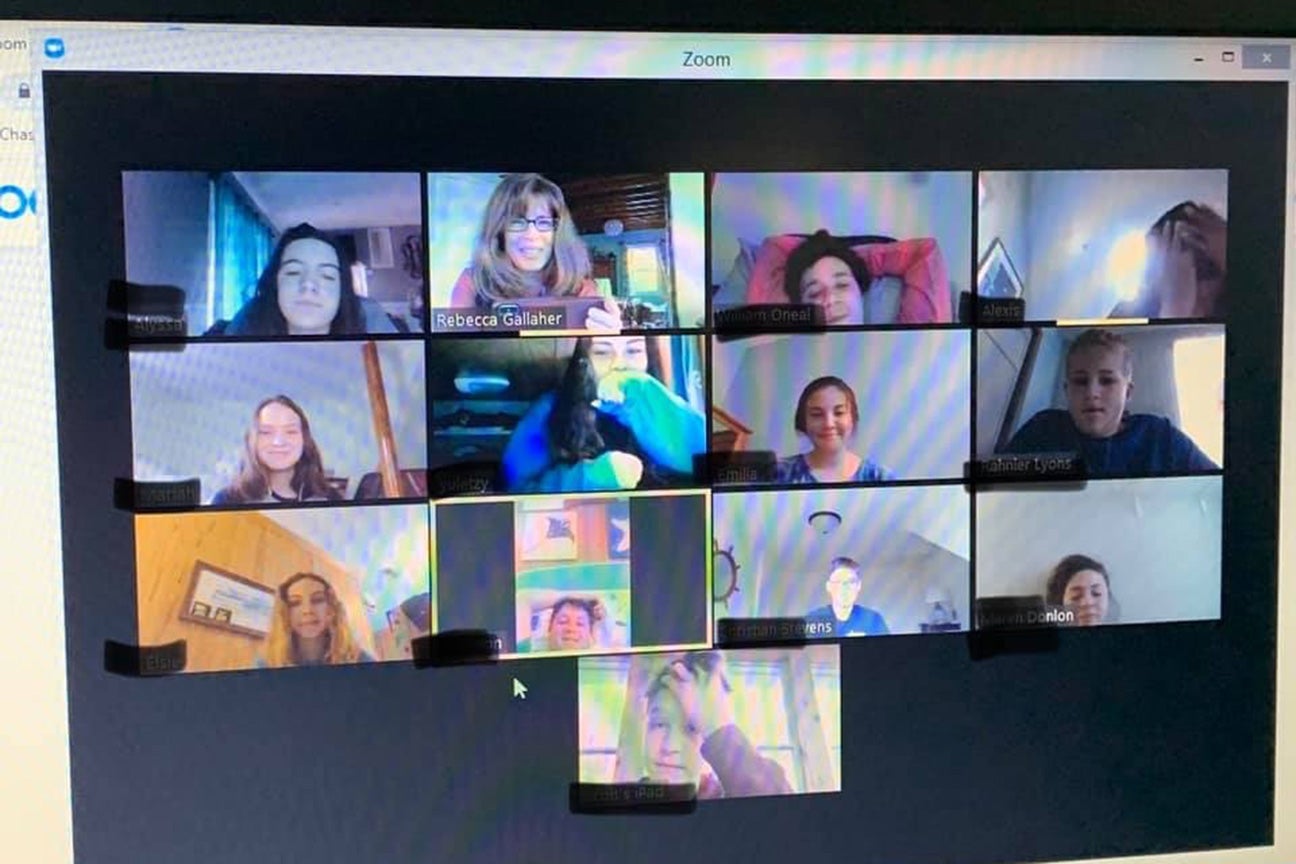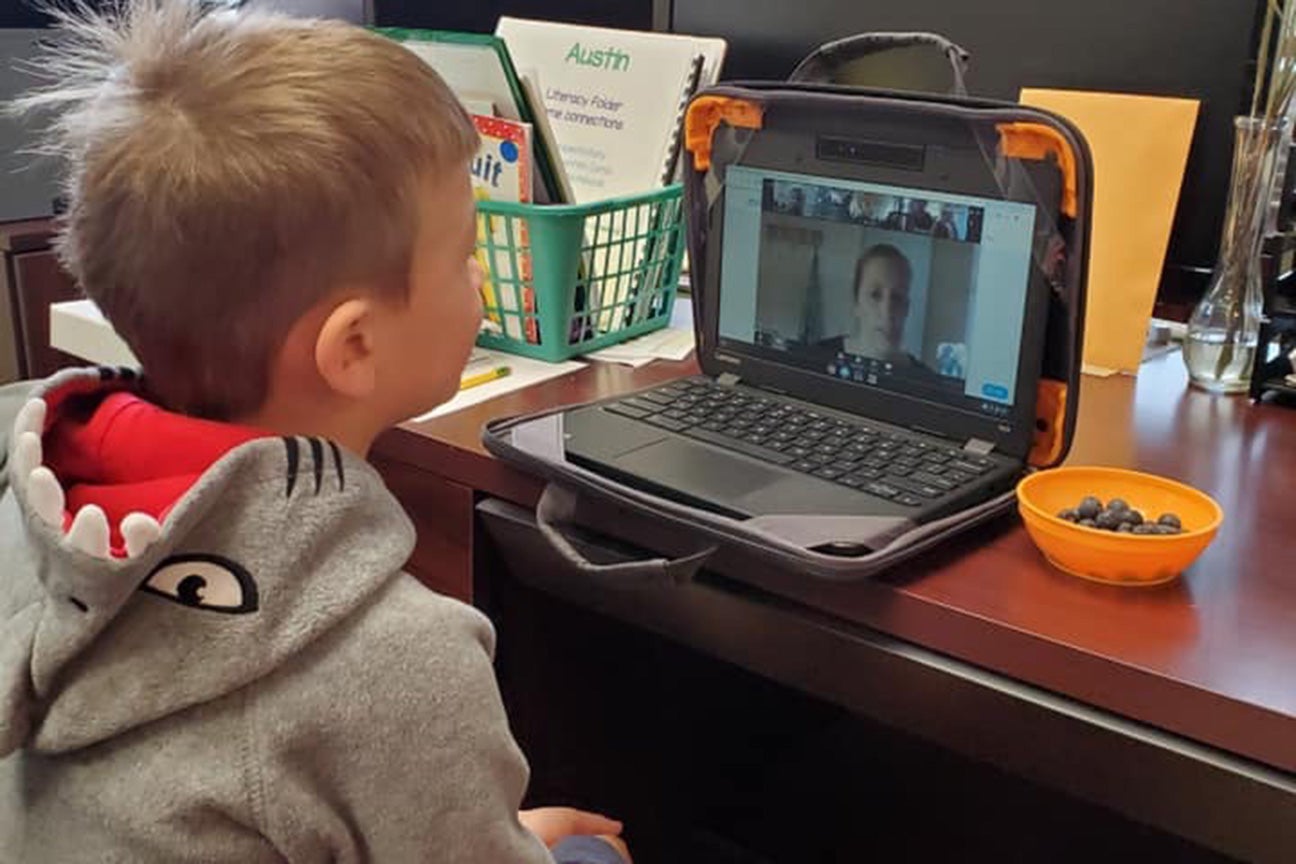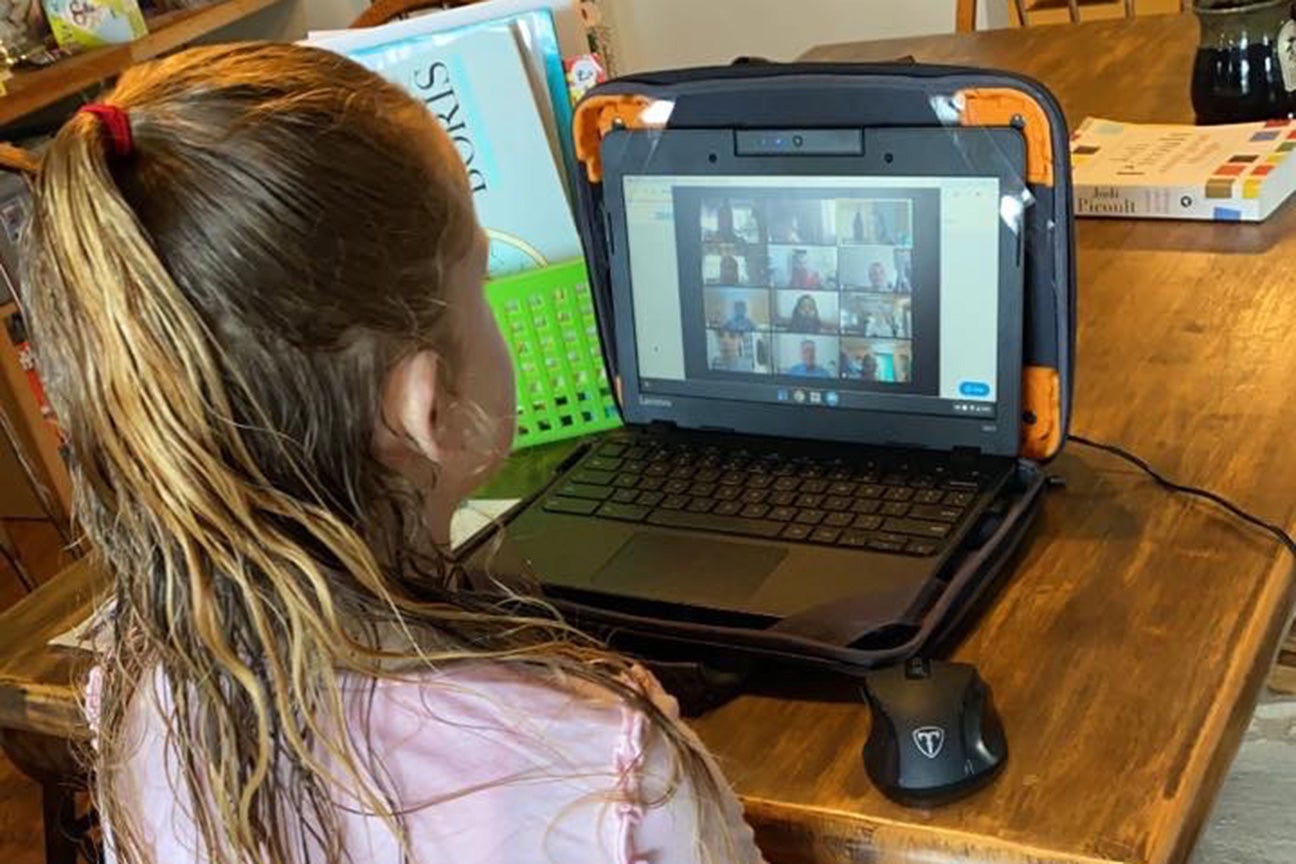From in class to online: Area schools transition to new way of learning
Published 11:27 am Monday, March 30, 2020
|
Getting your Trinity Audio player ready...
|
Through at least May 15, students across North Carolina will be learning remotely via online resources.
After implementing distance learning, county superintendents have met with their staff members and received feedback from parents and students as to how the transition from classroom to computer has been thus far.
“We have now had five days of [online] instruction, and the feedback from parents has been phenomenal,” Steve Basnight, superintendent of Hyde County Schools, said. Basnight spoke with The Coastland Times on March 25, after attending a meeting with staff to check-in and see how things were running.
Basnight said that HCS had talked about transitioning to online learning before, due to hurricanes and events that would close schools for an extended period of time.
After launching their “Schools Without Walls” program, Basnight said staff has been “consistently monitoring what we send out.” After meeting with everyone, Basnight said educators discussed tweaking the amount of work assigned and which assignments will and will not be graded.
“Staff have done an absolutely incredible job of making this happen in the short timeframe,” Basnight complimented.
Keith Parker, digital communications director of Dare County Schools, expressed similar sentiments: “Our response has been very positive.” Parker said that all teachers K-12 have launched some type of remote learning opportunity as of March 25, and that has been “really encouraging.”
Due to the very different nature of online learning versus face-to-face instruction, parents, students and teachers have all had to adjust to this new concept.
Oliver Holley, superintendent of Tyrrell County Schools, also spoke with The Coastland Times on March 25, and said that staff is working on bettering their communication with parents and students in terms of assignments and coursework.
“We essentially have parents that have not been in school for several years, there are totally new standards now than when they were in school. We need to go back and regroup and see how we can better support our community,” Holley said.
Despite some of the hurdles TCS has had to overcome, Holley said he has spoken with some parents that “have seen their child do more work in these past two weeks than ever before.”
Many parents want to stay engaged in their child’s educational journey. For some, this means checking in “after school hours,” once home from work.
“One of the first things we said before launching our program was that you need to throw your idea of what a classroom is out the window,” Basnight explained. Online schooling is different, school hours do not just fall between 8 a.m. and 3 p.m. anymore.
Teachers have made themselves available not just during office hours to help answer questions from students or speak with parents about their child’s progress.
Another aspect that has stemmed from this transition is the need for emotional support. Due to the nature of the COVID-19 situation, schools have been taking proactive measures to ensure safety and support to all students and staff.
Holley said TCS has reinstituted the “See Something, Say Something” app along with their crisis hotlines and chat services. TCS also found the need for additional training when it comes to dealing with trauma; staff will be required to take courses on dealing with trauma.
Basnight said his staff has been trying to bring some “normalcy” the lives of their students. Teachers have been checking in with their students via video calls. Groups of students can be on one call and interact with each other as if in a classroom setting.
“It’s about supporting our students and staff in a very volatile time, when there really aren’t a lot of definite answers to a lot of things,” Basnight said.
READ ABOUT MORE NEWS AND EVENTS HERE.
RECENT HEADLINES:






















